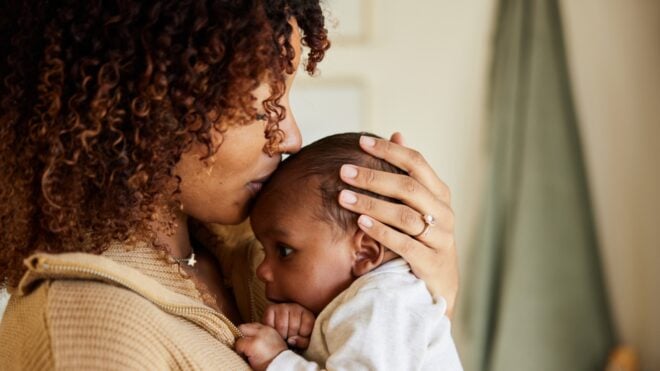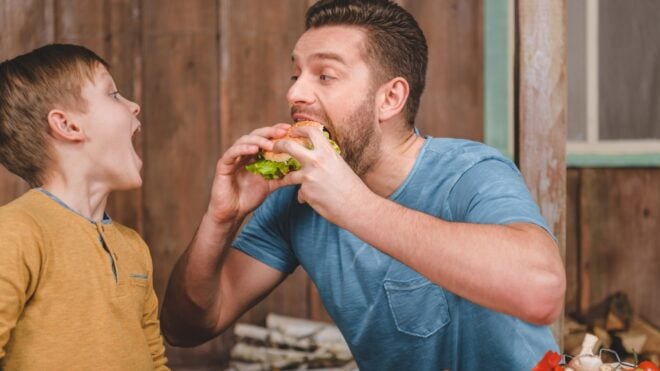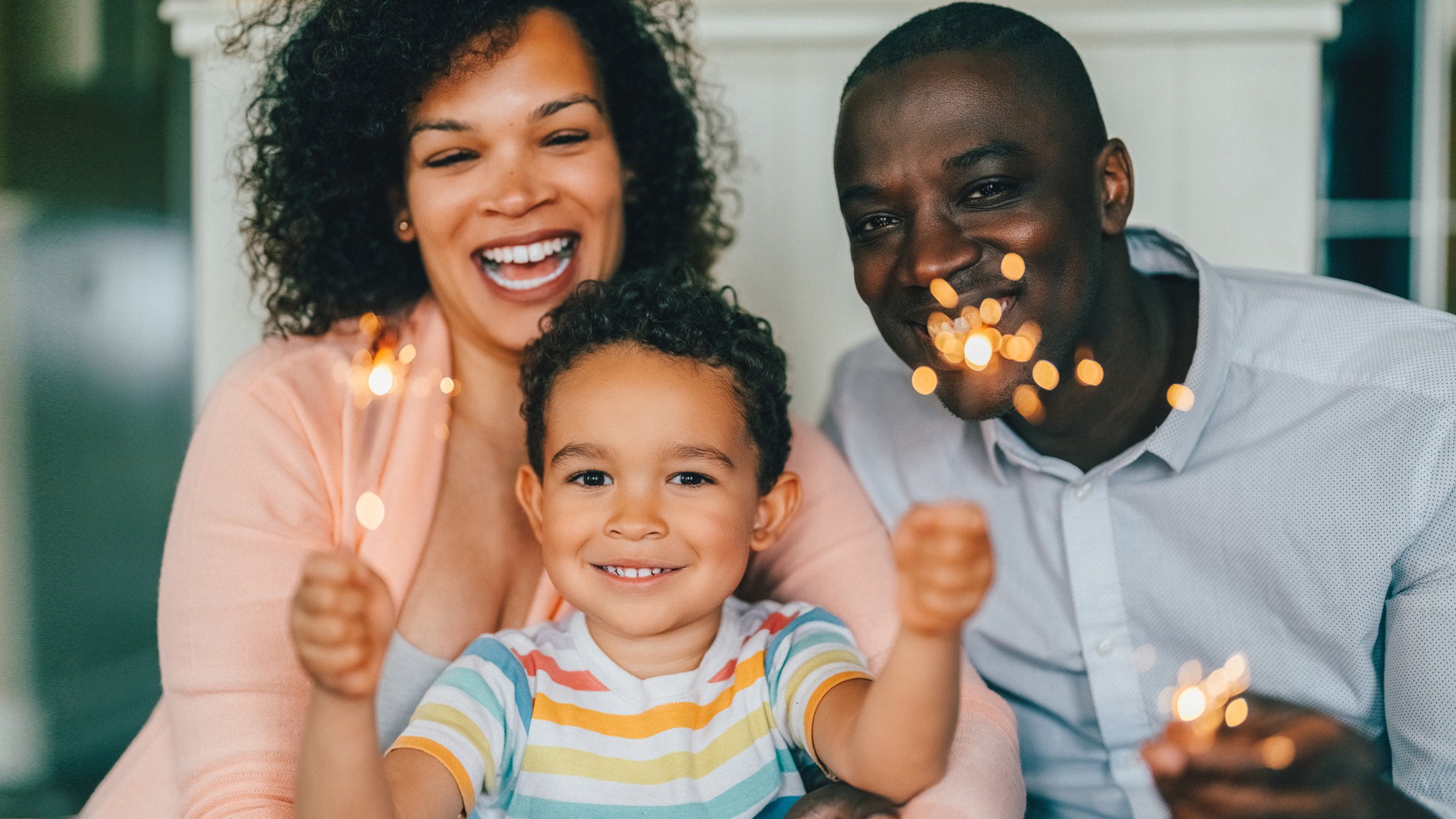
In this article:
As the Fourth of July approaches, there’s an increased risk of fireworks-related injuries and property damage. With so much going on, people out and about, alcohol being served, and everyone trying to squeeze in as much fun as possible in one evening, accidents are bound to happen. In 2021, an estimated 8,500 fireworks-related injuries occurred between June and July. This Independence Day, we’re sharing the top fireworks safety tips to keep your family and home safe while you light up the skies in celebration of America’s birthday.
Fourth of July fireworks: Know the laws
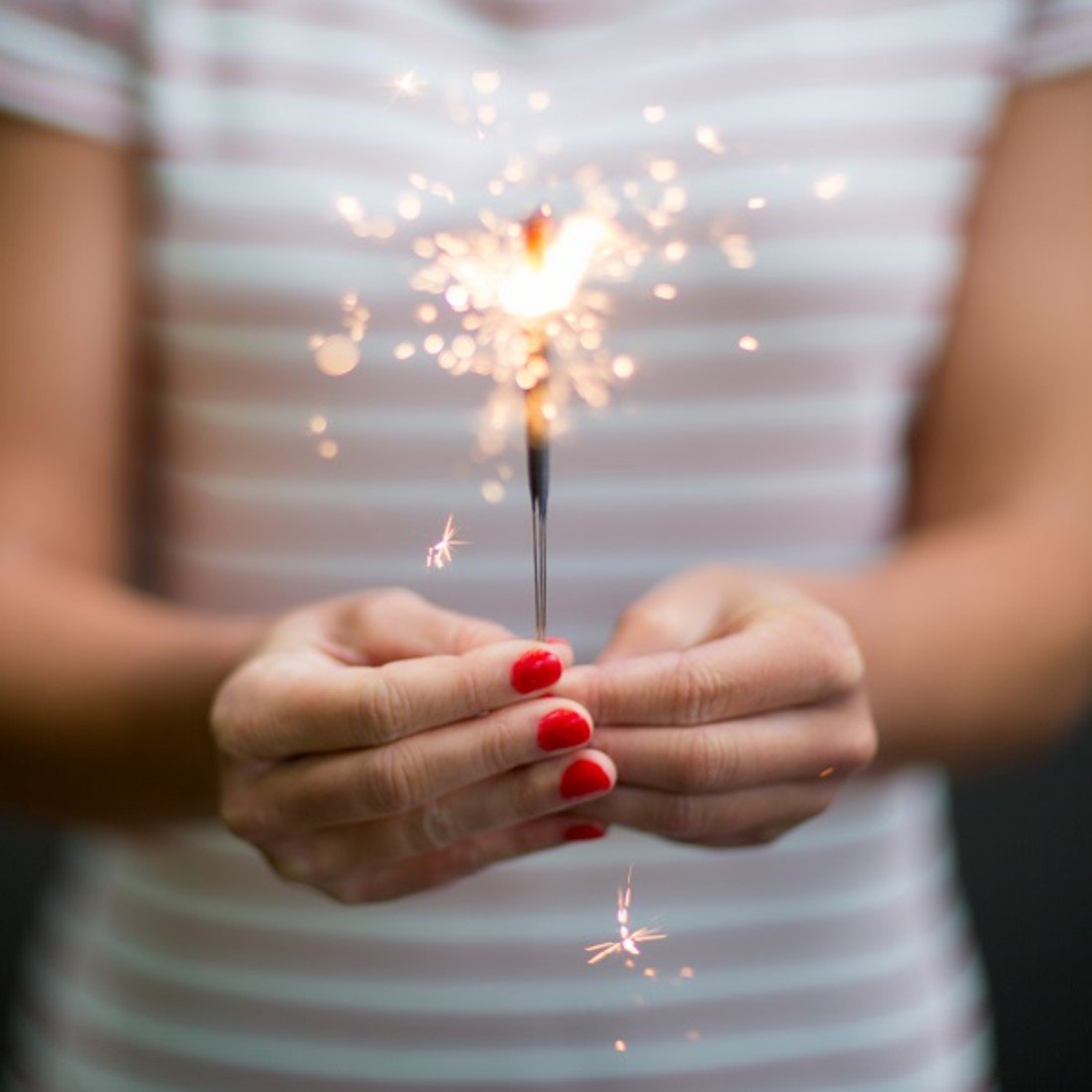
Before you even buy a pack of fireworks, make sure you’ve checked the laws in your state and county. In some areas, fireworks are completely banned while others allow for the purchase of fireworks but forbid using them, leading to a lot of confusion and potentially hefty fines or even jail time. Instead of risking a run-in with authorities, do your due diligence to ensure your Fourth of July fireworks celebration is legal.
More from Mom.com: Dear Neighbors: Your Fireworks Are Getting On My Last Nerve
Fourth of July safety tips to prevent fires
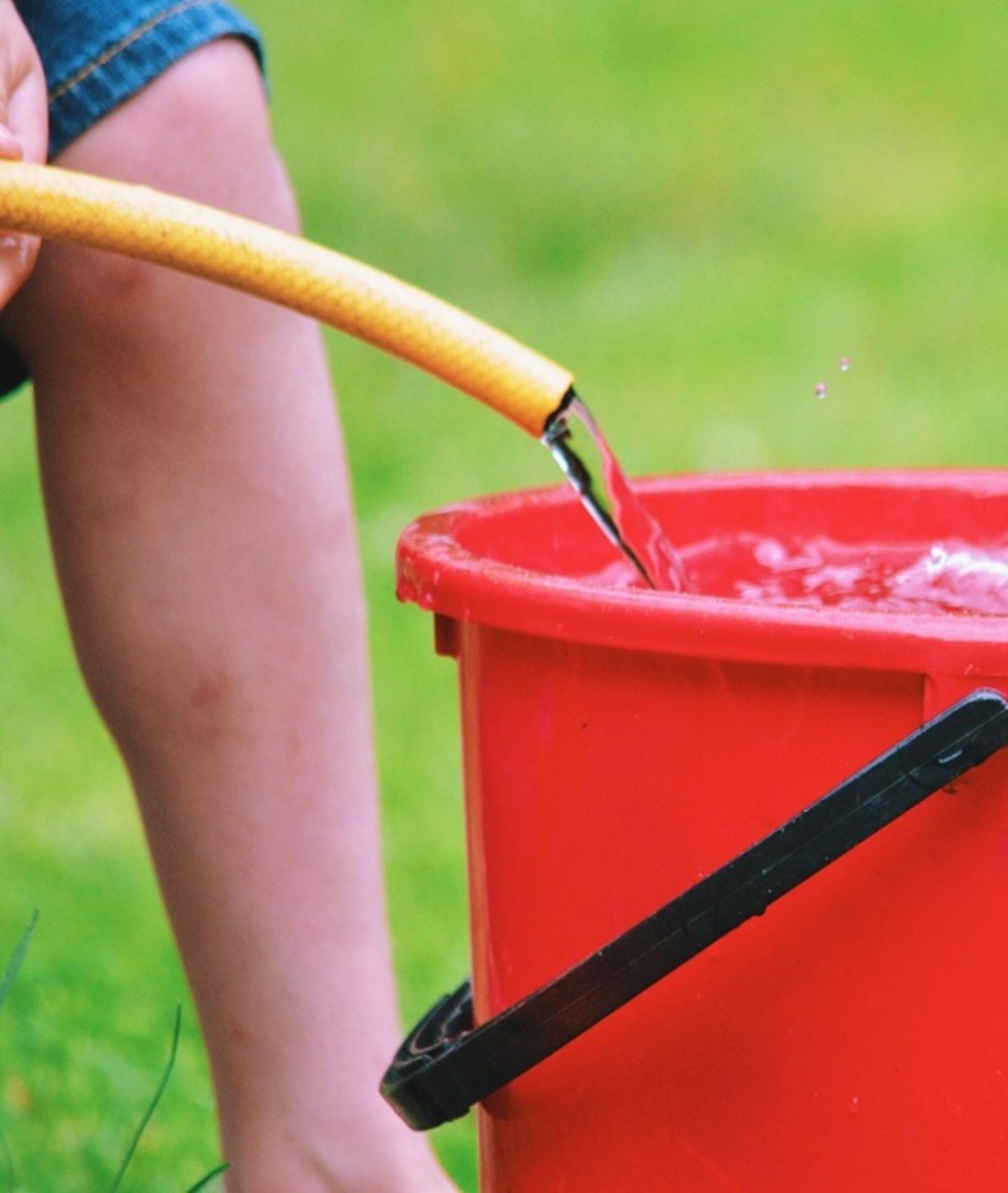
Anytime a celebration involves fire, it’s wise to keep ample amounts of water nearby. Small fires caused by fireworks can be safely doused with a bucket of water or a fire extinguisher. And remember, before throwing away fireworks that have already been lit, submerge them in water to be sure no burning embers remain.
Be sure your first aid kit is stocked
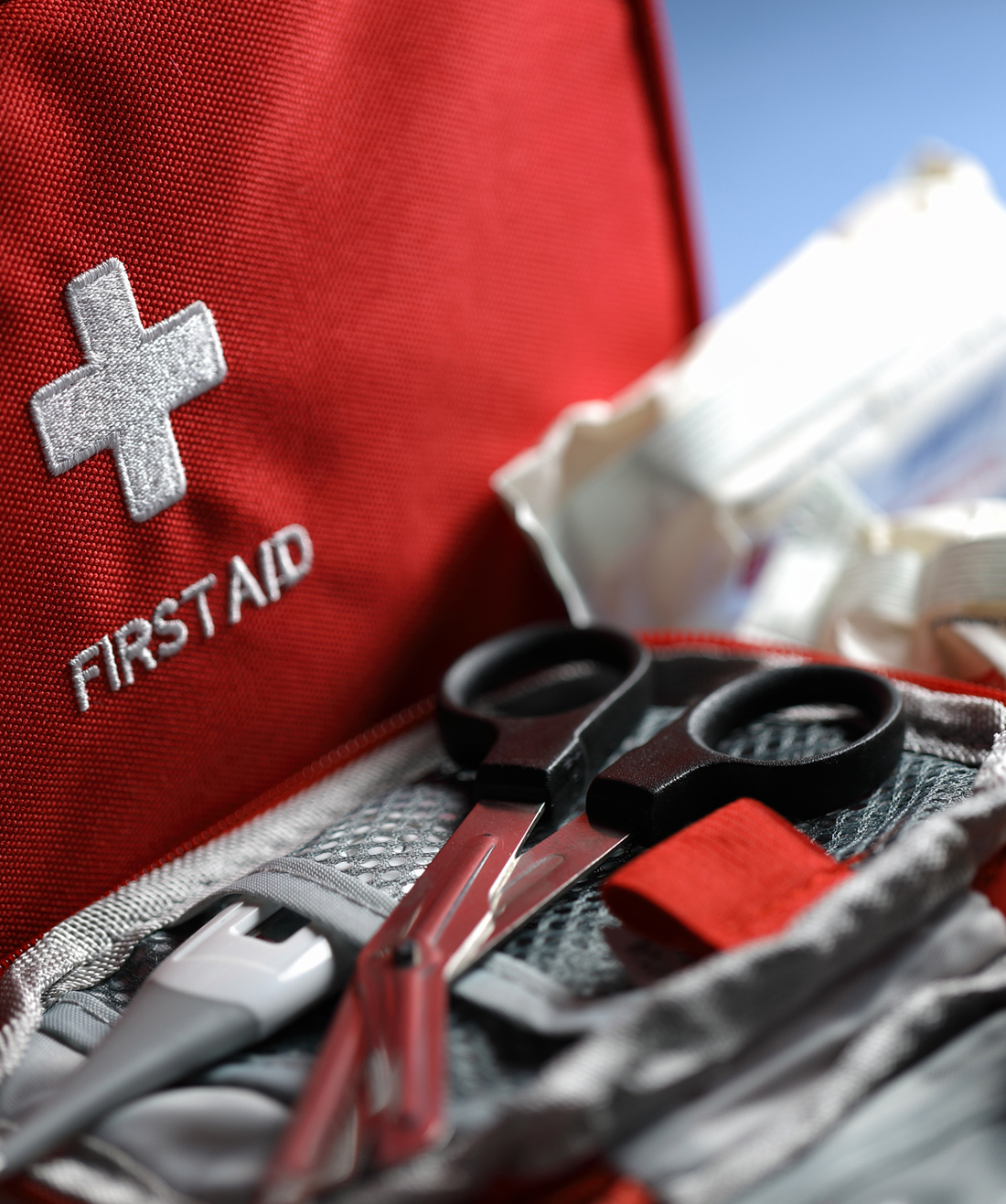
A well-stocked first aid kit is a household must-have, but when fireworks are involved, it’s also important to know what can be treated at home and when a trip to the ER is warranted.
First-degree burns can successfully be treated with contents of a first aid kit. Simply clean the wound, apply cool water, cover with sterile dressing, and secure and administer an over-the-counter pain reliever as needed.
You’ll know you’re dealing with a second-degree burn when there is blistering of the skin. Typically, these can be treated at home as long as the injury is smaller than the palm of the hand.
Third-degree burns require immediate medical attention. Call an ambulance and remove clothing around the burn unless it is stuck to the skin. Run cool water over the affected area for 10 minutes while waiting for emergency personnel.
Wear safety goggles when setting off fireworks
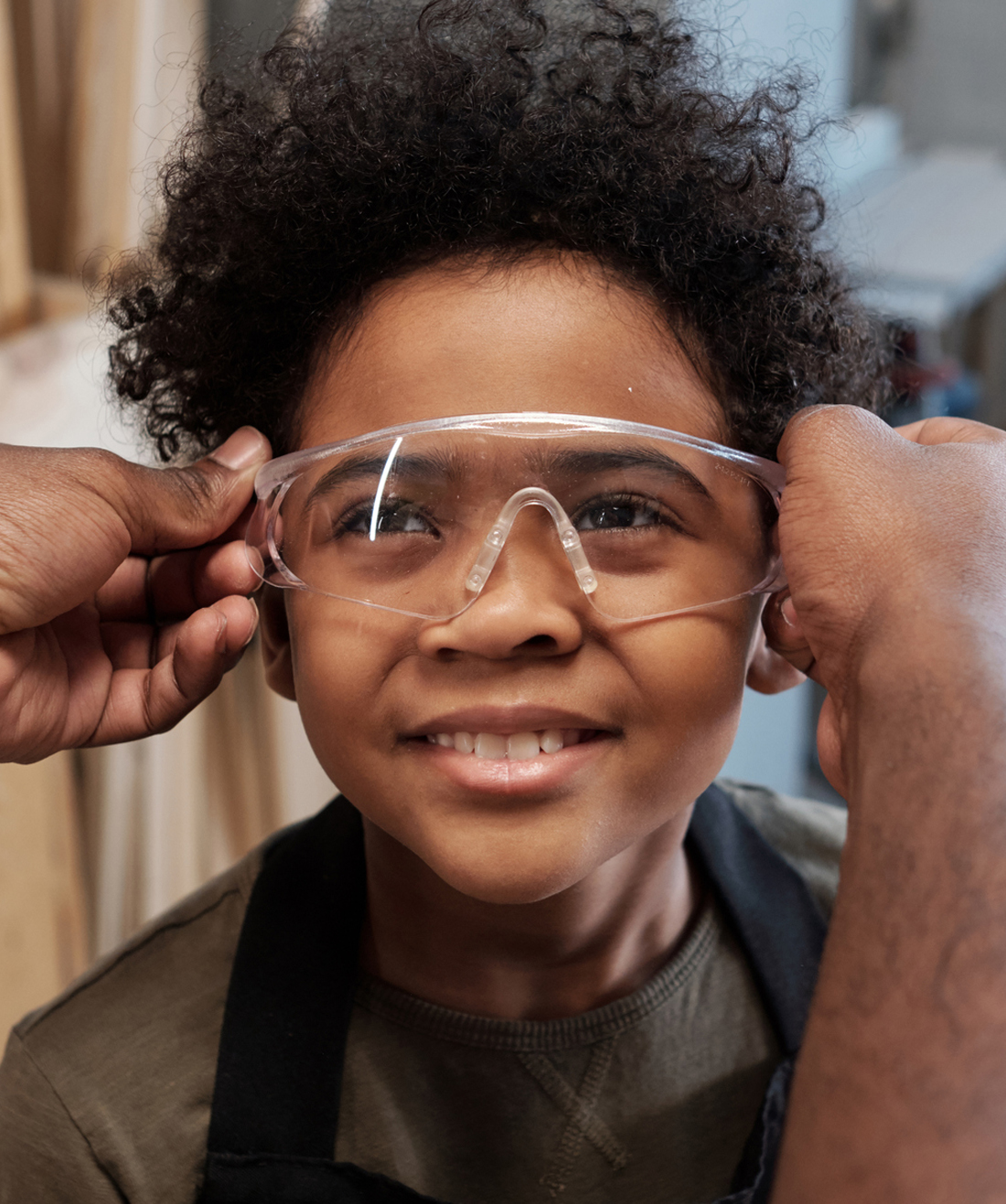
Did you know that every year, thousands of people in the U.S. sustain eye injuries caused by fireworks, with some leading to blindness? The force of the fireworks combined with the heat and chemicals make eye injuries particularly damaging. Of the 8,500 total firework-related injuries between June and July 2021, 1,200 of those were eye injuries, according to the Consumer Products Safety Commission 2021 Fireworks Annual Report. Wearing goggles is a smart way to protect your eyes when setting off fireworks.
Read fireworks instructions thoroughly
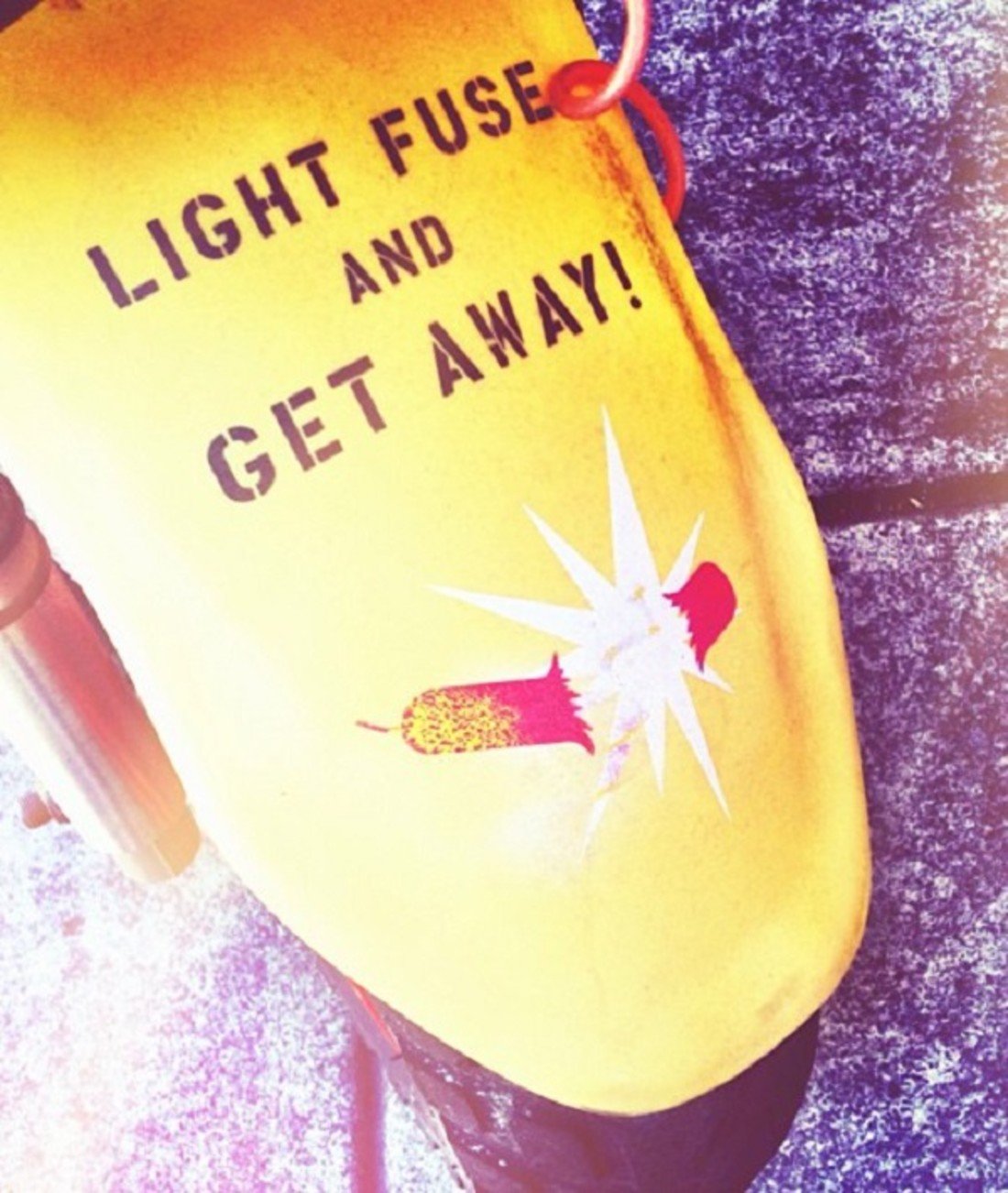
One of the simplest ways to stay safe while using fireworks this Fourth of July is to make sure you read the instructions thoroughly. Mishandling fireworks, or not knowing the length of time it will take to launch, can lead to accidents and injuries that would otherwise be avoided by simply reading before lighting.
Don't take a chance and relight duds
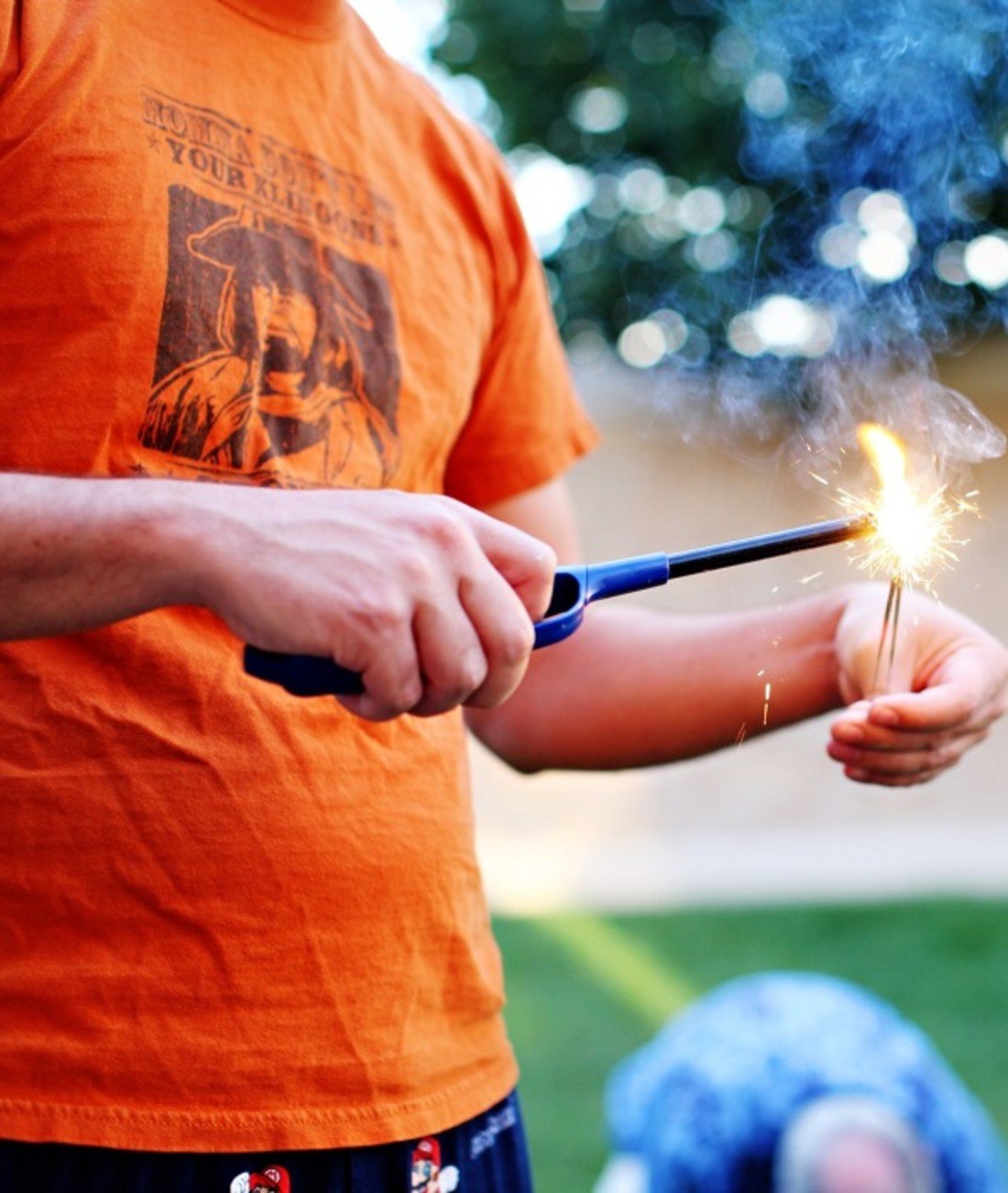
If a firecracker doesn’t work the first time you light it, don’t reach for it and attempt to light it again. Doing so puts you at risk of having it explode in your hands, potentially causing a serious injury. The National Council of Fireworks Safety recommends waiting 20 minutes after first lighting a firecracker to retrieve it, then immediately placing it in a bucket of water.
Do not light fireworks indoors
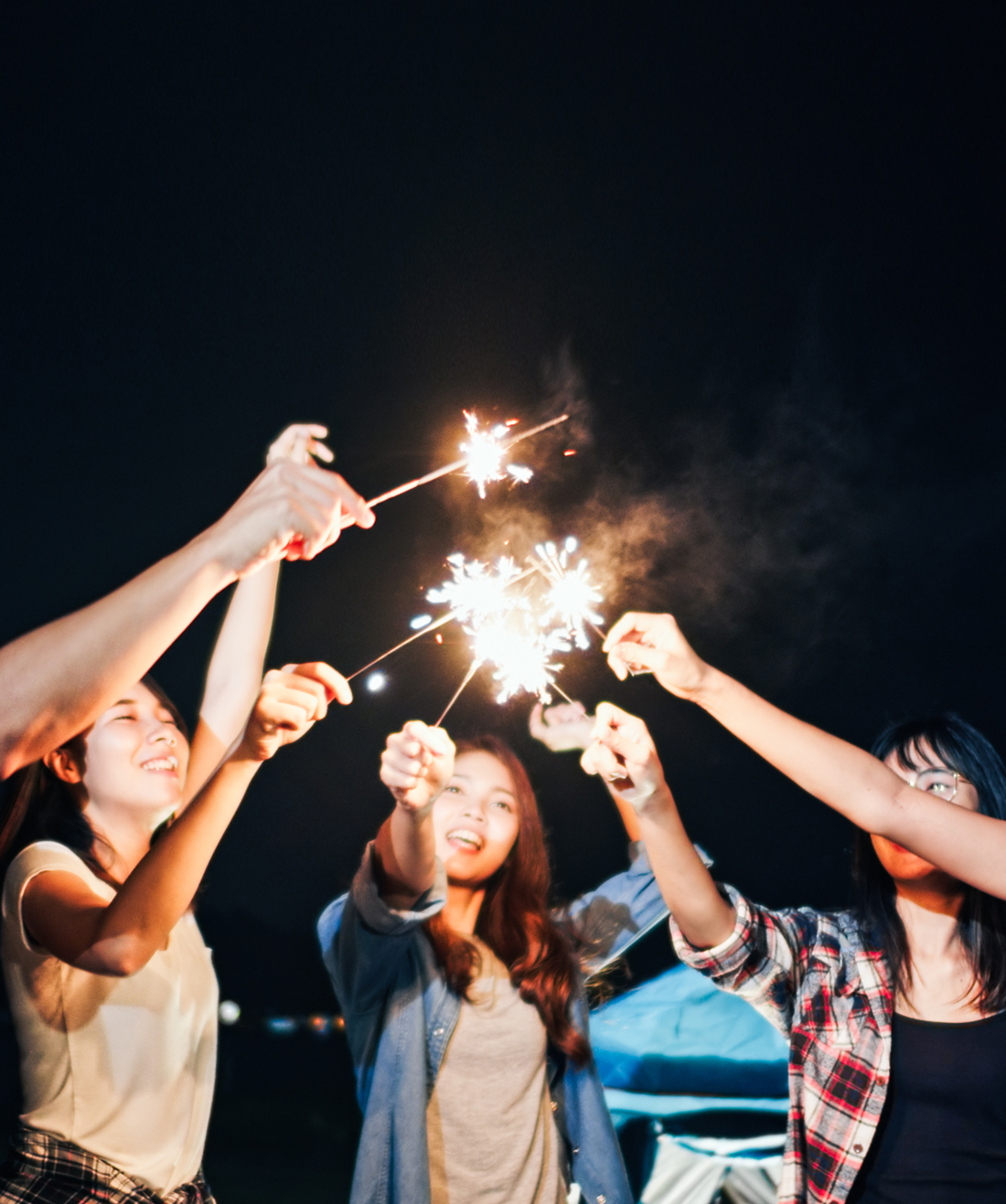
It seems like an obvious safety precaution, but every year people around the country make the mistake of lighting fireworks indoors, leading to fires and expensive property damage. Even sparklers, which are widely considered safe, can create a fire hazard. There’s a reason your favorite themed restaurants are eliminating sparkler candles on their desserts and cakes; they’re just not safe.
Light fireworks in an open area

While most states that allow fireworks also require them to be lit on your personal property, Fourth of July safety dictates ensuring there is ample space between your car, home, and the lit firecracker. Not only does the area need to be clear, it shouldn’t be anywhere near stored fuels, which can easily ignite, especially during the hot, dry summer.
Don't light fireworks on a windy day
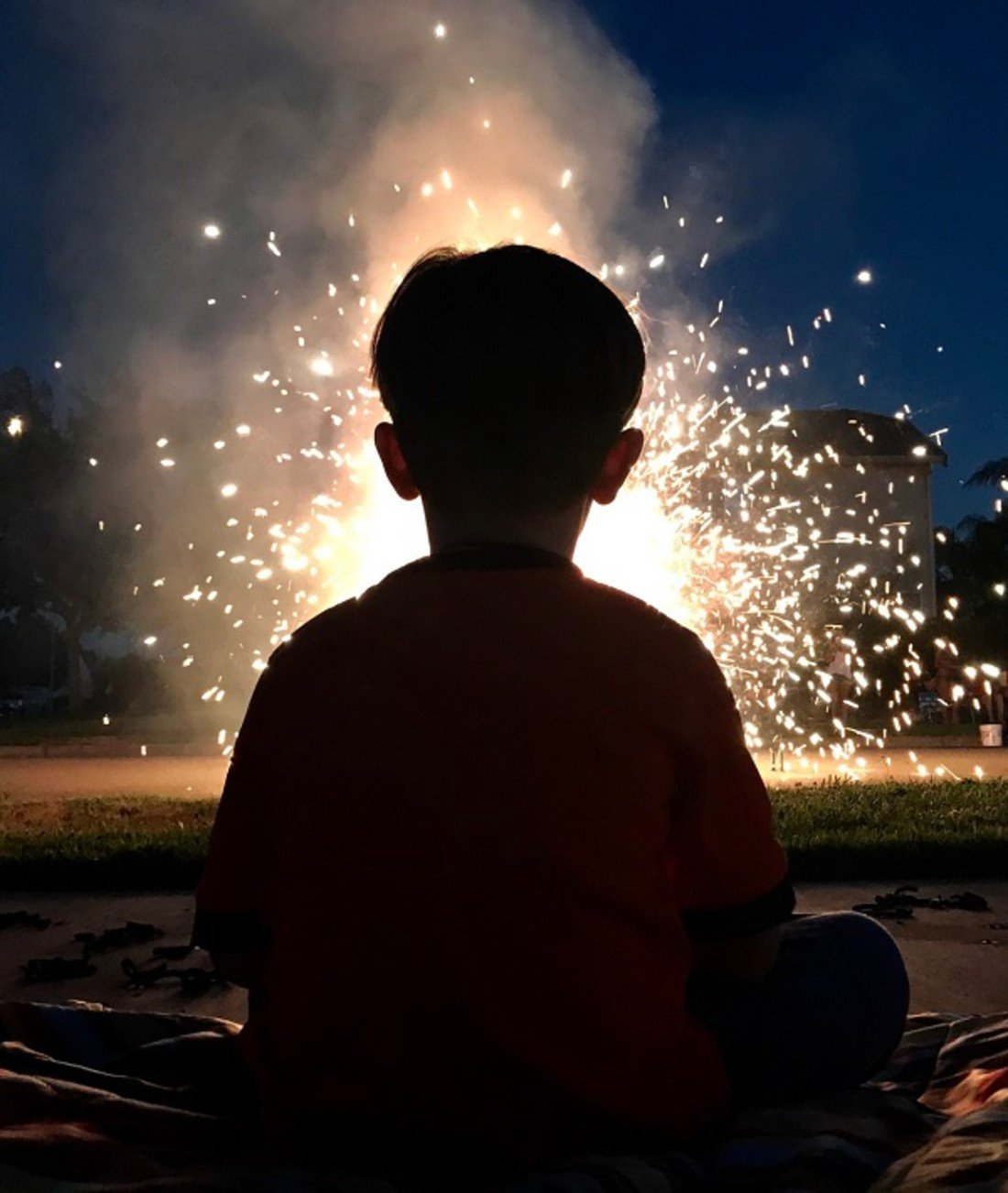
With the sheer volume of wildfires spreading throughout the country in 2023, there will likely be fireworks ordinances issued in certain states to decrease the likelihood of additional fire damage.
If it’s windy this Independence Day, don’t even think about lighting those firecrackers. All it takes is one tiny ember to be picked up by the wind to cause a major fire. Unless you think risking your home or the homes of others is an acceptable risk (spoiler alert: it’s not), then there’s no excuse for lighting firecrackers on a windy day.
Don't carry fireworks in your pockets

If your hands are full carrying all the impressive fireworks you bought for the Fourth of July, don’t put the rest in your pocket. The friction caused by your pockets rubbing together could actually ignite the firecrackers and cause them to explode on your body. Excuse us while we cringe in horror at the thought.
Fourth of July safety: Be responsible with alcohol
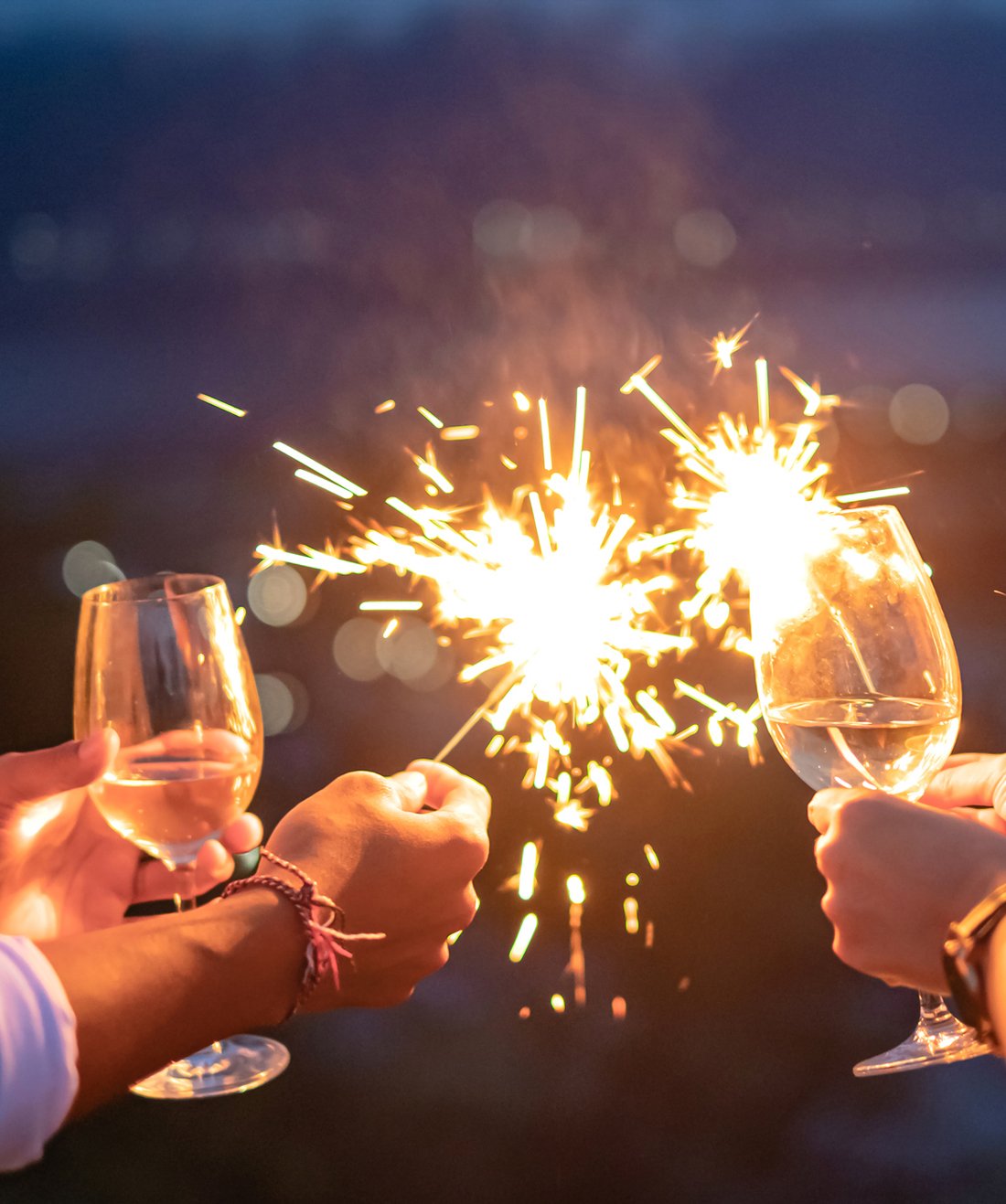
We know that drinking alcohol during a Fourth of July celebration is a time-honored adult activity, but it’s also a risk waiting to happen. Since alcohol inhibits judgment, drinking during a fireworks celebration might lead you to make a mistake and potentially hurt yourself or others. Sober fireworks may not sound fun, but preventing fires and keeping your limbs intact seem like a worthy compromise.
Avoid homemade fireworks
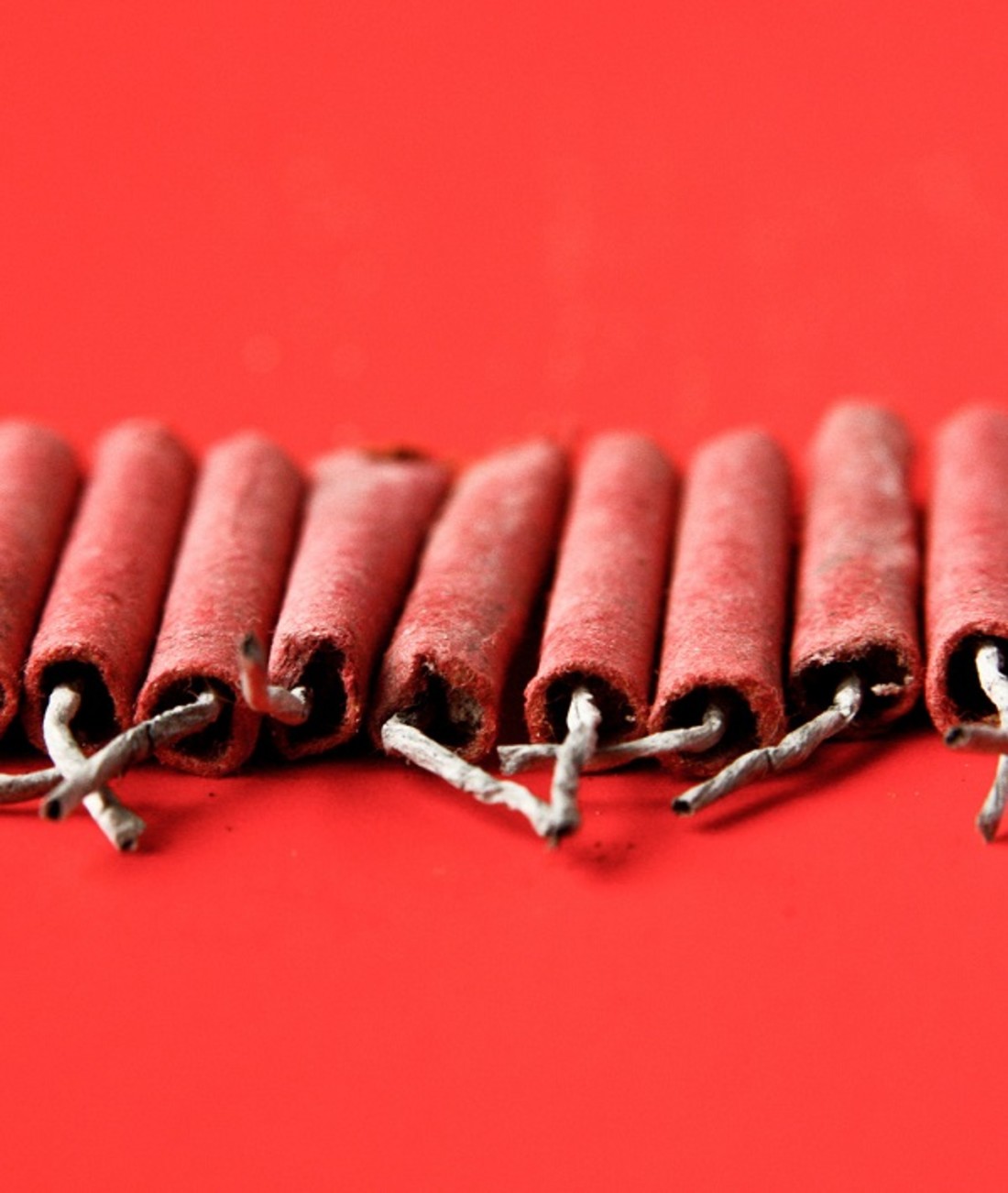
The National Council on Fireworks Safety recommends that consumers only purchase fireworks from licensed vendors and never, ever use fireworks that come wrapped in brown paper or don’t have safety warnings on them. These firecrackers are often made in people’s homes or in countries without regard to U.S. safety standards and have the potential to misfire and cause even more harm than standard firecrackers would.
Never lean over a lit firecracker
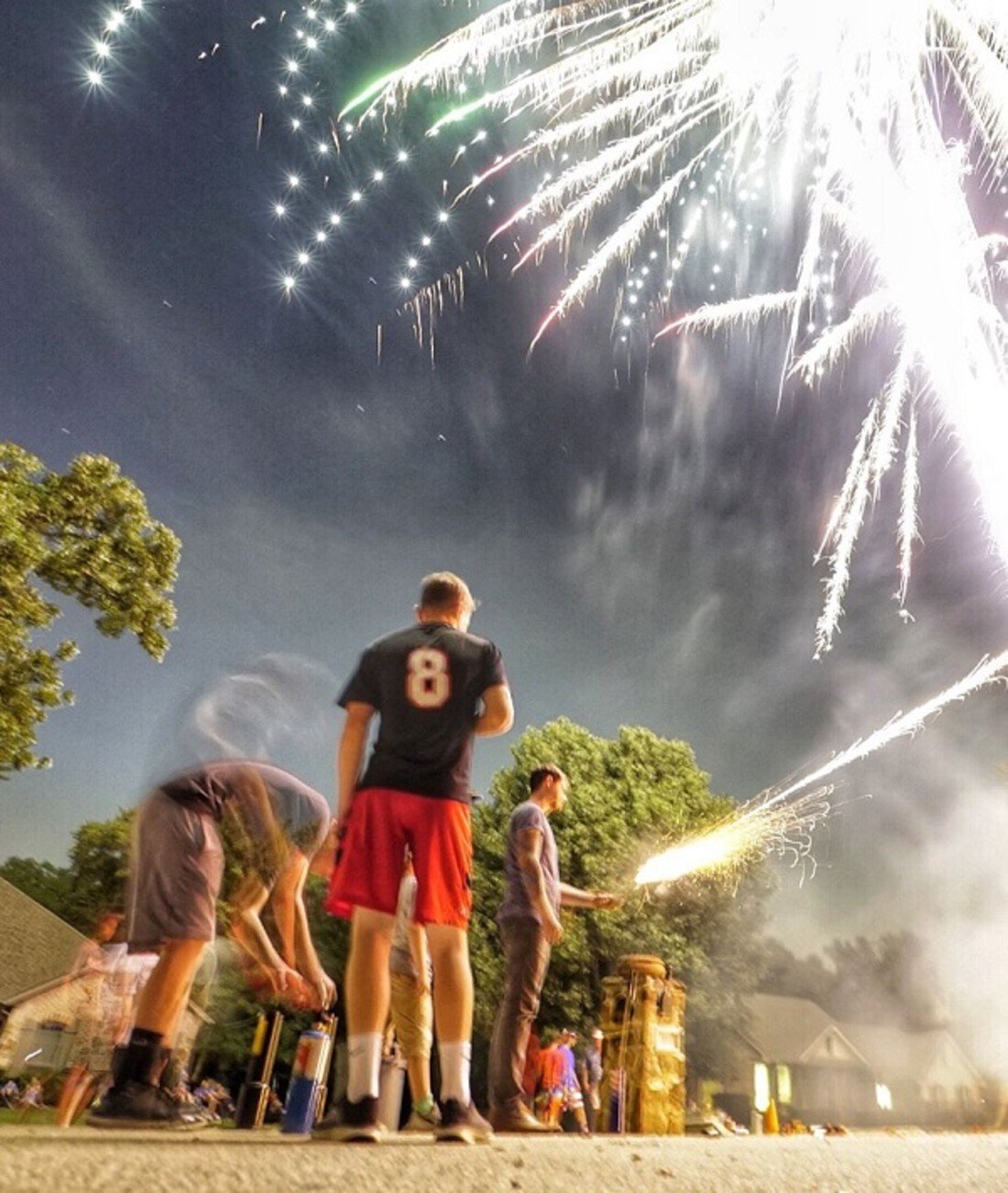
No matter how excited you or your friends and family are, don’t lean over a lit firecracker to watch it in action. Too many people make this mistake and end up getting seriously hurt when the firecracker explodes. Once it’s lit, back away quickly and watch the display from a safe distance.
Don't light multiple fireworks at once
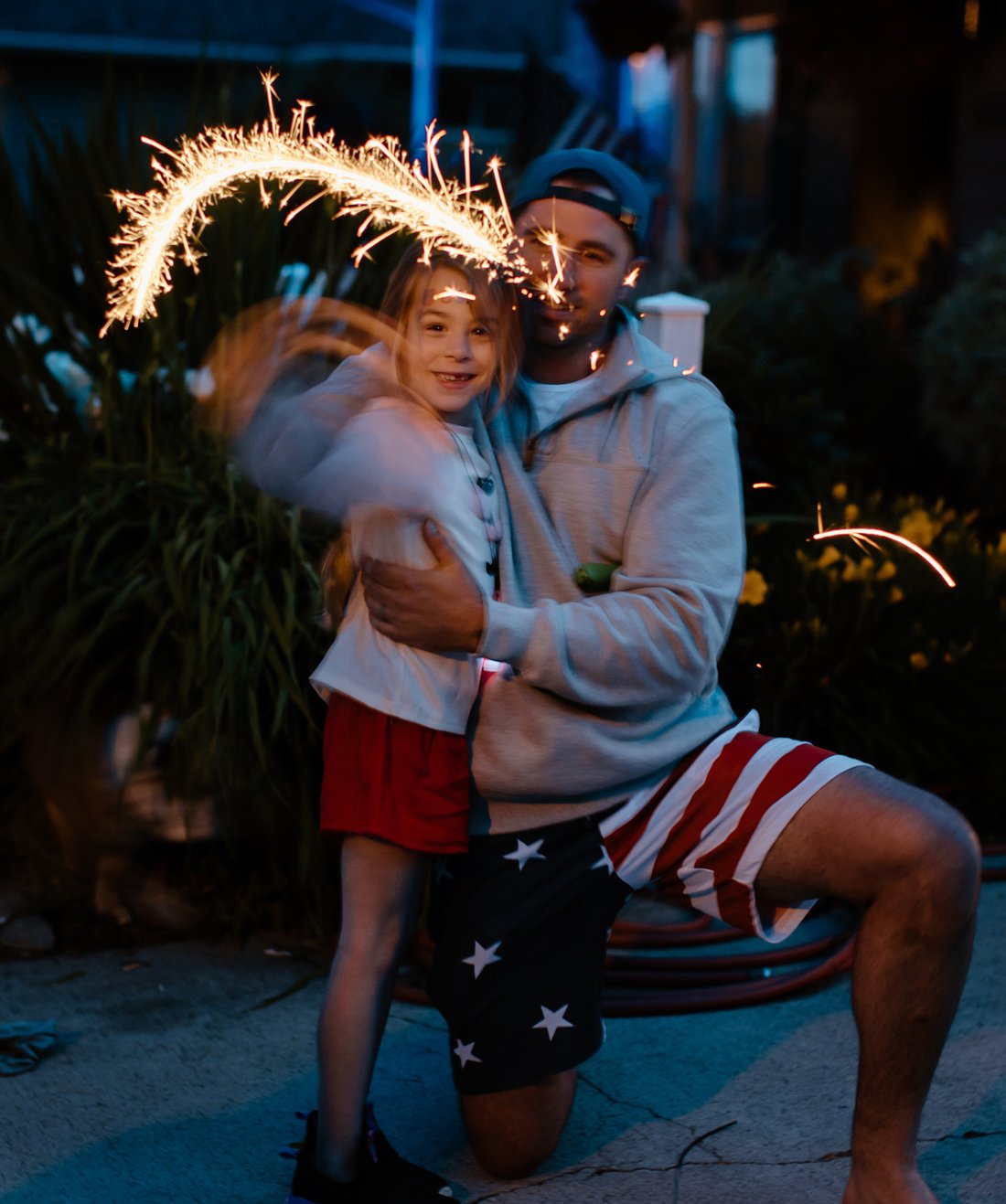
Consumer fireworks are meant to be lit one at a time, but each year innovative revelers look for a bigger boom by lighting multiple firecrackers at once. This puts them at a greater risk for getting hurt as they attempt to beat the clock and light each wick in a row. It also creates a bigger fire hazard. Save the big displays for the pros, and light fireworks individually to keep yourself and everyone else safe.
Avoid shooting off fireworks in glass or metal containers
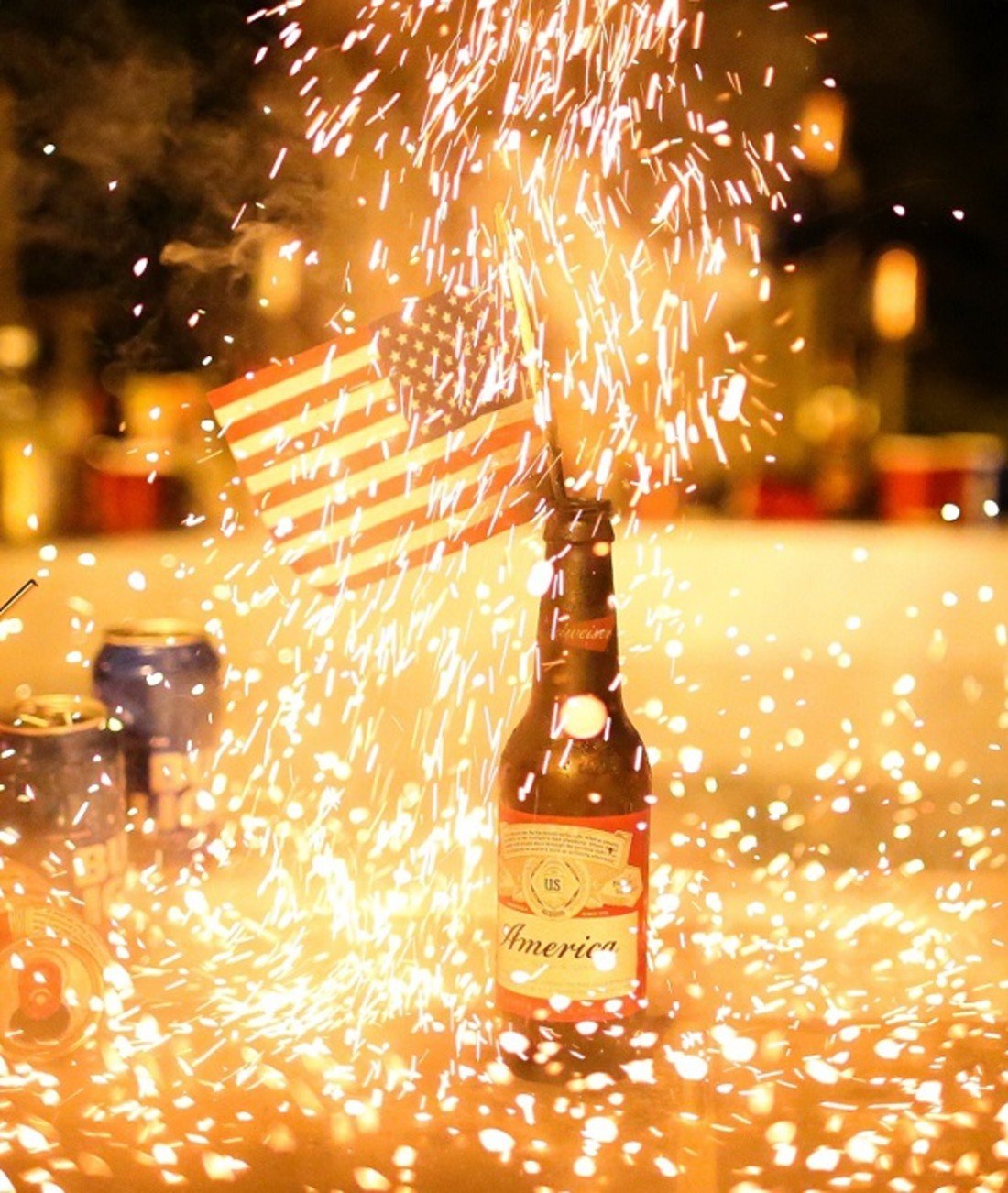
Since fireworks — by their very nature — explode, it’s not smart to place them in glass or metal containers before lighting. While initially it might look pretty cool, the risk of exploding and causing dangerous glass or metal shrapnel to fly in through the air is too great and definitely not a fun way to celebrate the Fourth of July.
Supervise children at all times
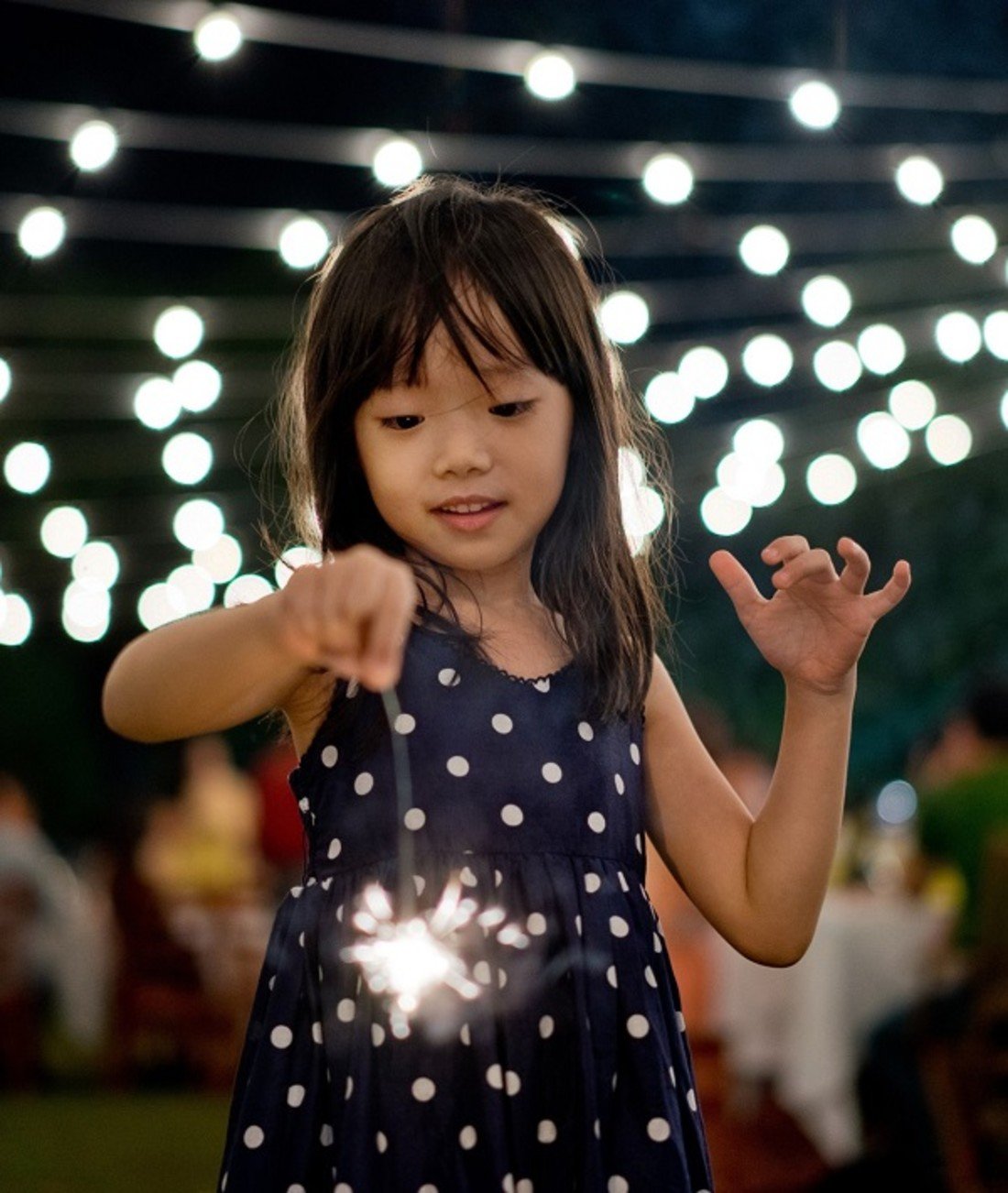
It’s crucial for parents to keep a close eye on their little ones whenever fireworks are involved. Did you know that even sparklers can pose a serious health risk? Sparklers burn at 2,000 degrees, which is hot enough to burn some metals, and they account for more than 25% of all ER visits related to fireworks, according to the National Fire Protection Association.
Kyrra McMichael lost her son Camyrynn in 2022 in a fireworks incident.
“He died being a boy and playing with fireworks. A tragic freak accident, seriously. Fireworks are no joke and when you think it won’t be yours, in the blink of an eye it is,” the Indiana mom told Fox 59 News.
Some experts, like Johns Hopkins Child Safety Center director Eileen McDonald and Wilmer Eye Institute director Fasika Woreta, believe there should be more awareness around the dangers of consumer fireworks and that their use should be eliminated.
“Although consumer-grade fireworks are legal in many states, they are extremely dangerous and can cause devastating eye injuries and even blindness,” Woreta explained on the Johns Hopkins website.
“Instead, consider purchasing glow sticks or glow-in-the-dark bracelets and necklaces,” McDonald suggested. “Kids will enjoy these well after the fireworks have disappeared, and adults do not have to worry about an unexpected trip to the emergency room.”
Keep pets safe when using Fourth of July fireworks
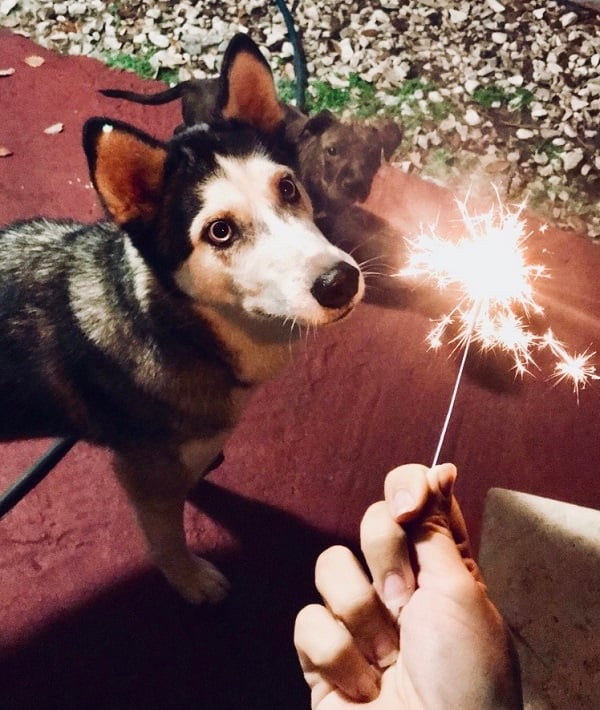
Fireworks are scary for pets. Make sure your furry friend is safely secured indoors and away from the fireworks before they’re lit. It’s also a good idea to make sure your pet is wearing a collar and tag with your contact information, in case they escape and run away.
There are numerous products you can purchase for your pets to calm anxiety during fireworks displays, including weighted coats, CBD products, and interactive games and puzzles to distract them.
Throw used fireworks away
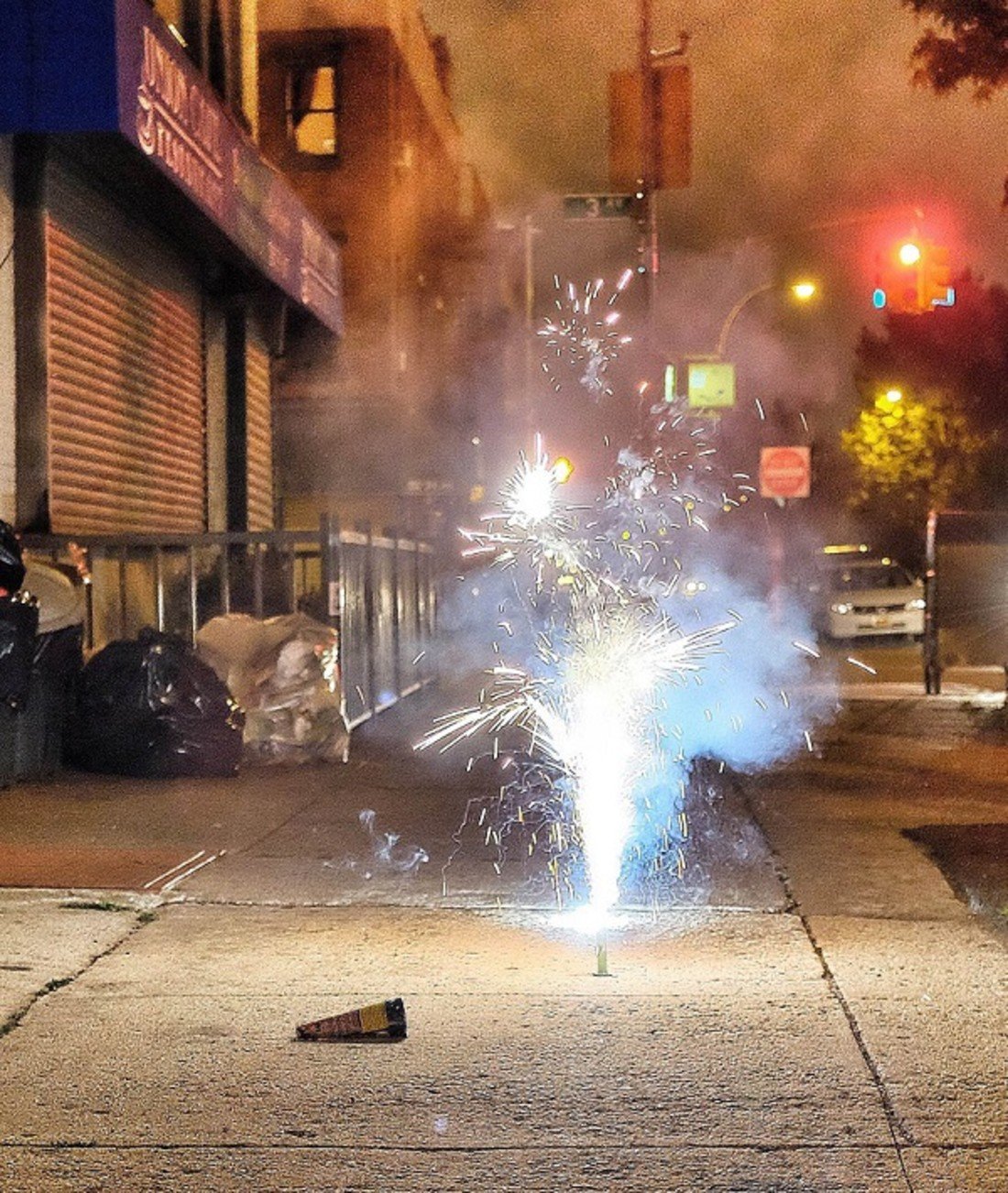
Not only is it uncool to leave litter in the streets, but used firecrackers also pose a fire risk. Occasionally they could reignite, and if there is any explosive residue, they could potentially start a fire or injure someone. The National Council on Fireworks Safety recommends thoroughly soaking used firecrackers in water and placing them in a metal container free of any combustible material until the following day to prevent a fire.
Safely store unused fireworks
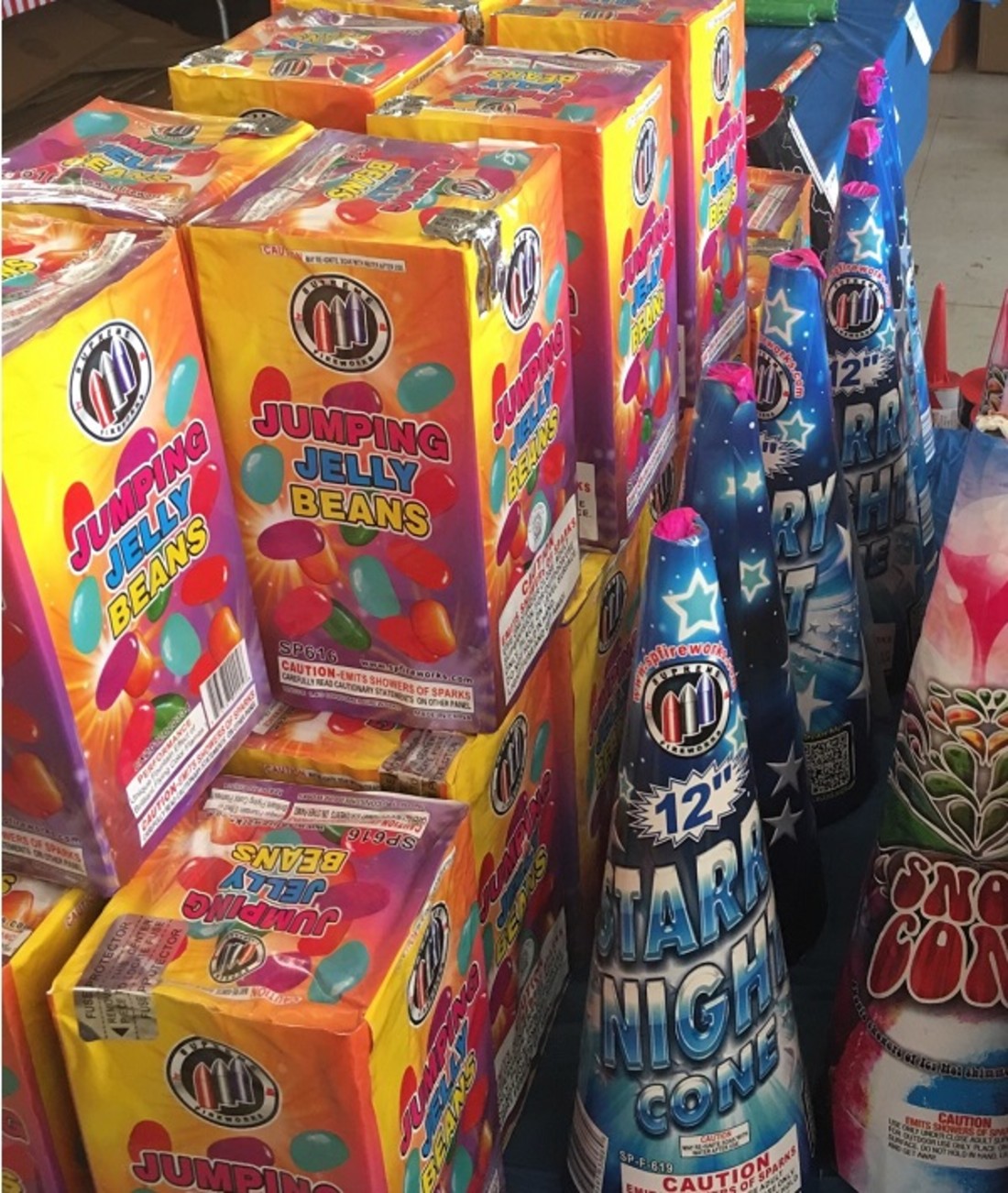
If you don’t end up using all your Fourth of July fireworks, it’s important to store them safely to prevent a fire. Since static can cause firecrackers to self-ignite, having them near combustible materials could be a recipe for disaster. While the likelihood of a fire caused by an unused firecracker is exceedingly small, it is important to keep them in a dry, closed metal container, away from heat, gas, oils, or other combustibles.


